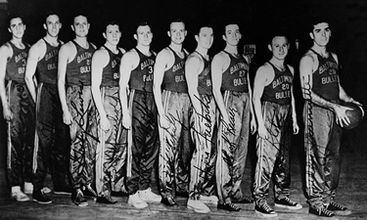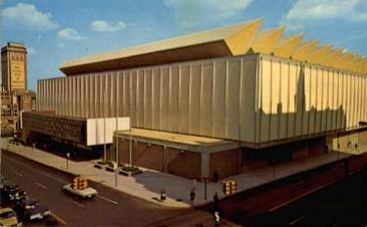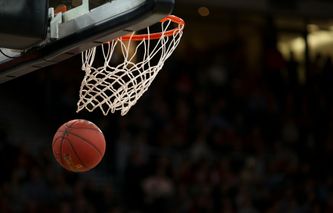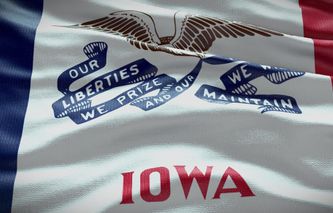First Game Played October 16, 1963
Last Game Played April 8, 1973
Moved to Washington in 1973

Historical Moments
1944-1947:The Baltimore Bullets started in the American Basketball League. The name’s origin has several meanings, including a nearby armory where the team practiced, and their brand of sneakers called Bata Bullets. The Bullets coached by Buddy Jeannette, a guard who was also the team’s top player, was highly successful in the ABL, which was more of a loose confederation of professional basketball teams than a major professional sports league.
1947/48:The Baltimore Bullets accepted in an invitation to join the Basketball Association of America. The league which was attempting to become the first major professional basketball league had four teams fold following its first season and were looking for an eighth member. After losing to the Washington Capitols 63-55 in their first game on November 12th, the Baltimore Bullets earned their first BAA win in their home opener one day later, beating the Boston Celtics 85-74 to start a nine-game winning streak. The Bullets would not be able to maintain their early success as their winning streak was immediately followed up by a five-game losing streak. However, in the Western Division, they remained in the playoff chase all season, as all four teams finished within one game of first place. The Bullets would have five players average more than ten points per game, as Player-Coach Buddy Jeanette was a second-team all-star, while Paul Hoffman was the BAA’s top rookie performer. The Bullets would end the season with a record of 28-20 in a three-way tie for second place. The Bullets would play in a round-robin for the last two playoff slots in the West, beating the Chicago Stags 75-72 for second place. The Bullets would see the Stags again in the semifinals, after beating the New York Knickerbockers in a best of three series with the home team taking each game. Facing the Stags, the Bullets would win two straight to advance to the BAA Finals. In the BAA Finals, the Baltimore Bullets faced the reigning champion Philadelphia Warriors. After suffering a 71-60 loss in the opener, the Bullets squeezed out a 66-63 win in Game 2 to even the series. The Bullets would defend their home court in the next two games, winning by a score of 72-70 and 78-75 to take a 3-1 series lead. Following a 91-82 loss in Philadelphia in Game 5, the Bullets would crush the Warriors 88-73 to capture the BAA’s second championship.
1948/49:Following a championship in their first BAA season, the Baltimore Bullets got off to a slow start, losing seven of their first ten games. The Basketball Association of America got a boost as four teams joined the league from the National Basketball League, increasing the level of competition. The Bullets who moved to the Eastern Division would finish the season with a record of 29-31, finishing in third place, which was good enough to slip into the postseason. In the playoffs, the Bullets would face the New York Knickerbockers winning the opener at the Baltimore Coliseum 82-81. However, with the next two games in New York, the Bullets would fall in three games.
1949/50:The NBL and BAA merged to become the National Basketball Association. The increased competition would make the league much stronger, but the Bullets continued to produce diminishing results posting a record of 25-43, which landed them in fifth place and left them one game out of a playoff spot. Paul Hoffman and Ed Sakowski each had solid seasons averaging more than 14 points per game, but the season was an overall disappointment.
1950/51:The Baltimore Bullets continued to struggle, as longtime player-coach retired as a player and then was fired as a coach with the team off to a 14-23 start. Walt Budko would take over, and the Bullets would not do much better, finishing the season with a record of 24-42 as they finished in fifth place and missed the playoff for the second straight season.
1951/52:The Baltimore Bullets continued to shoot blanks, as Fred Scolari and Chuck Reiser both failed as head coach, with the Bullets finishing in last place with a record of 20-46. Scolari did much better as a player, leading the team with 14.6 points per game, while Don Barksdale and Stan Miasek also had strong seasons, with a double-digit point per game averages.
1952/53:Chuck Reiser would be relieved of his coaching duties as the Bullets dropped their first three games. Under Clair Bee, the Bullets would not do much better, winning just 16 games. However, in the Eastern Division, their 16-54 record was good enough to slip into the postseason. In the playoffs, the Bullets would be outmatched and over classed by the New York Knickerbockers, who won back-to-back blowouts.
1953/54:While playing 20 games on neutral courts with the NBA looking to reach new fan bases the Baltimore Bullets who shot to the top in their first season in the league, continues to struggle at the bottom of the league, posting a terrible record of 16-56 which was the worst in the entire league. The Bullets would lose played on an opponent’s home floor while winning just four games on a neutral court.
1954/55:As the season began, the Baltimore Bullets were buried in the red and on the verge of folding. Ownership was running out of money and did not have enough money to pay for operating costs. On Thanksgiving Night, the Bullets lost to the Fort Wayne Pistons 92-89 on the road. With the team out of money to pay for their hotel rooms and player meals, a decision was made to cease operations at 3-11. The team barely had enough money to return to Baltimore and had to choose between returning home or paying their hotel bills. The hotel manager tried to stop the team from checking out, but the players snuck out a back exit and into an awaiting limo. Upon arriving at the airport, the Bullets quickly boarded the plane and closed the door without paying the driver.
1963/64:After two nicknames while playing two seasons in Chicago, the NBA’s newest franchise was on the move, heading to Baltimore, where they paid tribute to the city’s first NBA team named the Bullets, who got their name because they played in an armory. The original Bullets played in the ABL, and NBA then called the BAA from 1944 until folding during the 1953/54 season. Along the way, the Bullets took home the second Championship in league history in 1948. The new Bullets were quite different; they were an up and coming expansion team with the two previous Rookie of the Year winners. After two last-place finishes in Chicago, the Bullets finally escape last place but finish far out of the playoffs with a 31-49 record, which lands them in fourth place in the Western Division.
1964/65:Before their second season in Baltimore, the Bullets pulled off a blockbuster trade sending Terry Dischinger, Rod Thorn, and Don Kojis to the Detroit Pistons for Bailey Howell, Don Ohl, Bob Ferry, and Wally Jones. The trade would work out for the Bullets as Howell proved to be a hustling, fundamentally sound player that helped the Bullets get into the playoffs for the first time in franchise history with a 37-43 record good enough for third place. The Bullets especially excelled at home, posting a 23-14 record at the Baltimore Civic Center. In the playoffs, the Bullets would stun the St. Louis Hawks in four games to reach the Western Finals. In the Western Finals, the Bullets would split the first four games against the Los Angeles Lakers before falling in six games.
1965/66:Just a few games into the season, the Bullets would stun their fans by dealing away their top player Walt Bellamy to the New York Knicks for Jim Barnes, Johnny Green, and Johnny Egan. The Bullets would make up for the loss of Bellamy by using a team approach that saw six players led by Don Ohl averaging double digits n scoring as they finished in second place with a 38-42 record. However, in the playoffs, the Bullets would make a quick exit as they are swept in three straight games by the St. Louis Hawks.
1966/67:In their fourth season in Baltimore, the Bullets are finally moved into the Eastern Division as Chicago receives a new expansion team known as the Bulls. However, the Bullets would never shoot straight as they struggled all year enduring a 13-game losing streak on the way to finishing in last place with a league-worst 21-61 record.
1967/68:After losing 61 games, the Bullets were forced to rebuild through the draft. They took a significant first step in that direction by selecting Earl “The Pearl” Monroe with the first overall pick. The Pearl was a flashy player, a deft ball handler, and a creative, unconventional shot maker. He was the first player to make the reverse spin on the dribble a trademark move. In his rookie season, he would lead the Bullets in scoring with 24.3 ppg, as the Bullets, winning the Rookie of the Year, improved by 15 games posting a 36-46 record. However, they would still finish in last place.
1968/69:The Bullets continued to improve through the draft by selecting Center Wes Unseld, a two time All-American from Louisville. Unseld would have an immediate impact as he finished second in the NBA in rebounding with 18.2 per game as the Bullets went from worst to first, posting a league-best 57-25 record, as super rookie Wes Unseld won both the Rookie of the Year and MVP. However, in the playoff, the Bullets would suffer a major let down as they are swept in four straight games by the New York Knicks.
1969/70:The Bullets would get started on a strong note as they won nine straight games in November on the way to a solid record of 50-32. However, in a competitive Eastern Division, the Bullets would have to settle for 3rd place. In the playoffs, the Bullets were matched up against the New York Knicks for the second straight seasons. After losing the first two games on the road, the Bullets battled back to win the next two games at home. After the Knicks captured Game 5 in New York, the Bullets forced a seventh game with a solid 96-87 win at the Civic Center. However, the Bullets would fall in Game 7 as the Knicks who would go on to win the NBA Championship won Game 7 at the Garden in a series in which the home team won all seven games.
1970/71:The NBA divides itself into four divisions as the Bullets are placed in the Central Division inside the Eastern Conference. Despite playing mediocre basketball all season, the Bullets would capture the Central Division with a 42-40 record. In the playoffs, the Bullets would get off to a quick start as they grabbed a 3-1 series lead over the Philadelphia 76ers. However, the Bullets would find themselves in a seventh game as the 76ers won two close games. Game 7 would also be close, but this time the Bullets would emerge victorious 128-120. Facing the New York Knicks in the Eastern Conference Finals again, the Bullets found themselves in a familiar pattern as they lost the first two games on the road before winning the next two games at home. After an 89-85 loss in Game 5, the Bullets faced elimination at home and came out strong winning 113-96 to send the series to a seventh game. In Game 7, the Bullets finally figured out a way to win in Madison Square Garden as they edged the Knicks 93-91 to reach the NBA Finals. However, the Bullets would run out of gas in the NBA Finals as they are swept in four straight games by the Milwaukee Bucks.
1971/72:The Bullets would stun their fans and the entire league by trading Earl “The Pearl” Monroe three games into the season to the rival New York Knicks for Dave Stallworth, Mike Riordan, and cash. The Bullets seemed to lose focus without the Pearl posting a 38-44 record. However, it would still be good enough to win the Central Division. In the playoffs, the Bullets would be haunted by the Pearl as the Knicks beat them in six games.
1972/73:The Bullets would improve themselves substantially by acquiring Elvin Hayes from the Houston Rockets and drafting Kevin Porter. After a slow start, the Bullets began to make their charge in December, posting a 10-4 record on the way to capturing the Central Division for the third straight season with a 52-30 record. However, in the playoffs, the Bullets would be undone by the New York Knicks again losing the first three games before falling in five games. Following the season, the Bullets would move to Landover, a suburb of Washington D.C. Though no longer playing Baltimore, the Bullets would continue to be a vital part of the Baltimore community playing occasional games at the Civic Center over the next 20 years.
Championship Teams
Bullets Arenas
Original Bullets Best
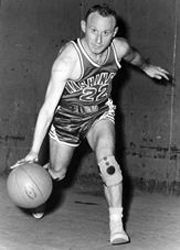 Red Klotz 1947/48 | 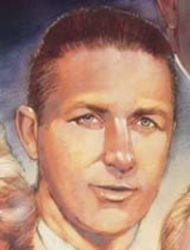 Paul Seymour 1947/48 | 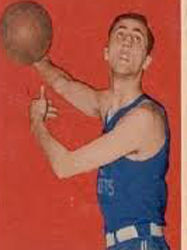 Connie Simmons 1948/49, 1954 | 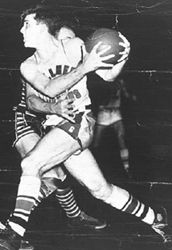 Buddy Jeannette 1946-1950 | 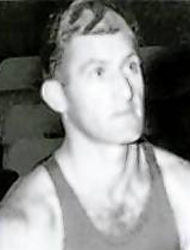 Johnny Ezersky 1948/49, 1949/50 |  Walt Budko 1948-1951 |
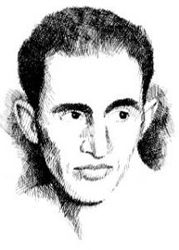 Brady Walker 1950-1952 | 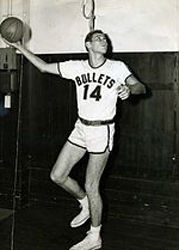 Jim Slaughter 1951/52 | 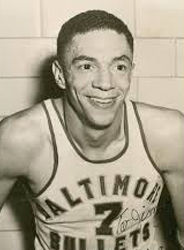 Don Barksdale 1951-1953 |  Fred Scolari 1951-1953 |  Jim Baechtold 1952/53 |  Paul Hoffman 1947-1954 1948 Rookie of the Year |
 Don Henriksen 1952-1954 | 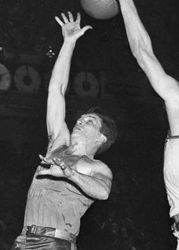 Eddie Miller 1952-1954 | 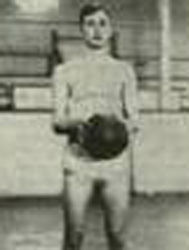 Don Asmonga 1953-1954 |  Al McGuire 1953-1954 |
Bullets Best
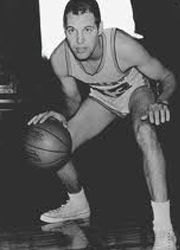 Terry Dischinger 1963/64 | 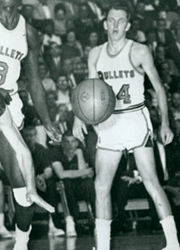 Rod Thorn 1963/64 | 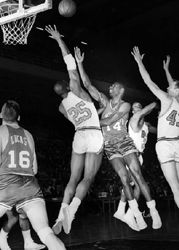 Si Green 1963-1965 | 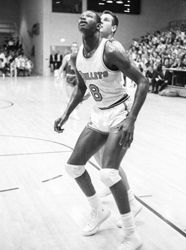 Walt Bellamy 1963-1966 | 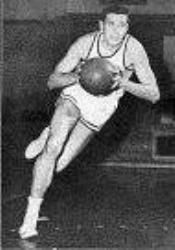 Bailey Howell 1964-1966 | 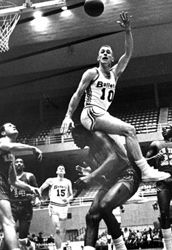 Don Ohl 1964-1968 |
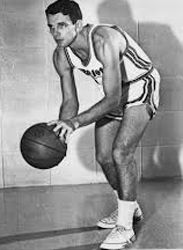 Johnny Egan 1965-1968 | 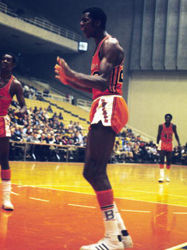 Leroy Ellis 1966-1970 | 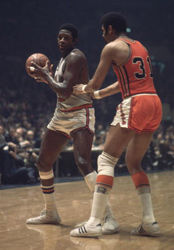 Ray Scott 1966-1970 |  Kevin Loughery 1963-1971 |  Gus Johnson 1963-1972 |  Jack Marin 1966-1972 |
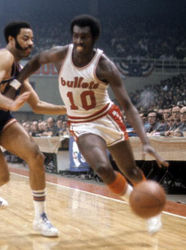 Earl “The Pearl” Monroe 1967-1972 1968 Rookie of the Year | 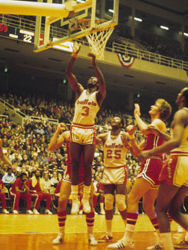 Fred Carter 1968-1972 | 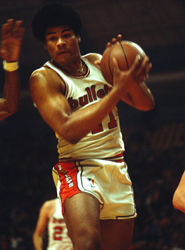 Wes Unseld 1969 Rookie of the Year 1969 NBA MVP | 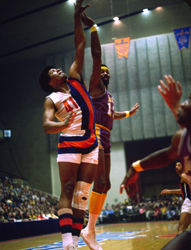 Was Unsled 1968-1973 | 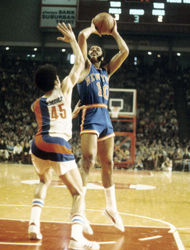 Phil Chenier 1971-1973 | 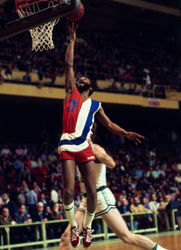 Archie Clark 1971-1973 |
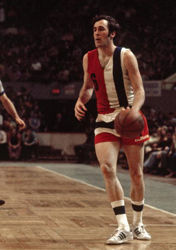 Mike Riordan 1971-1973 |  Dave Stallworth 1971-1973 |

